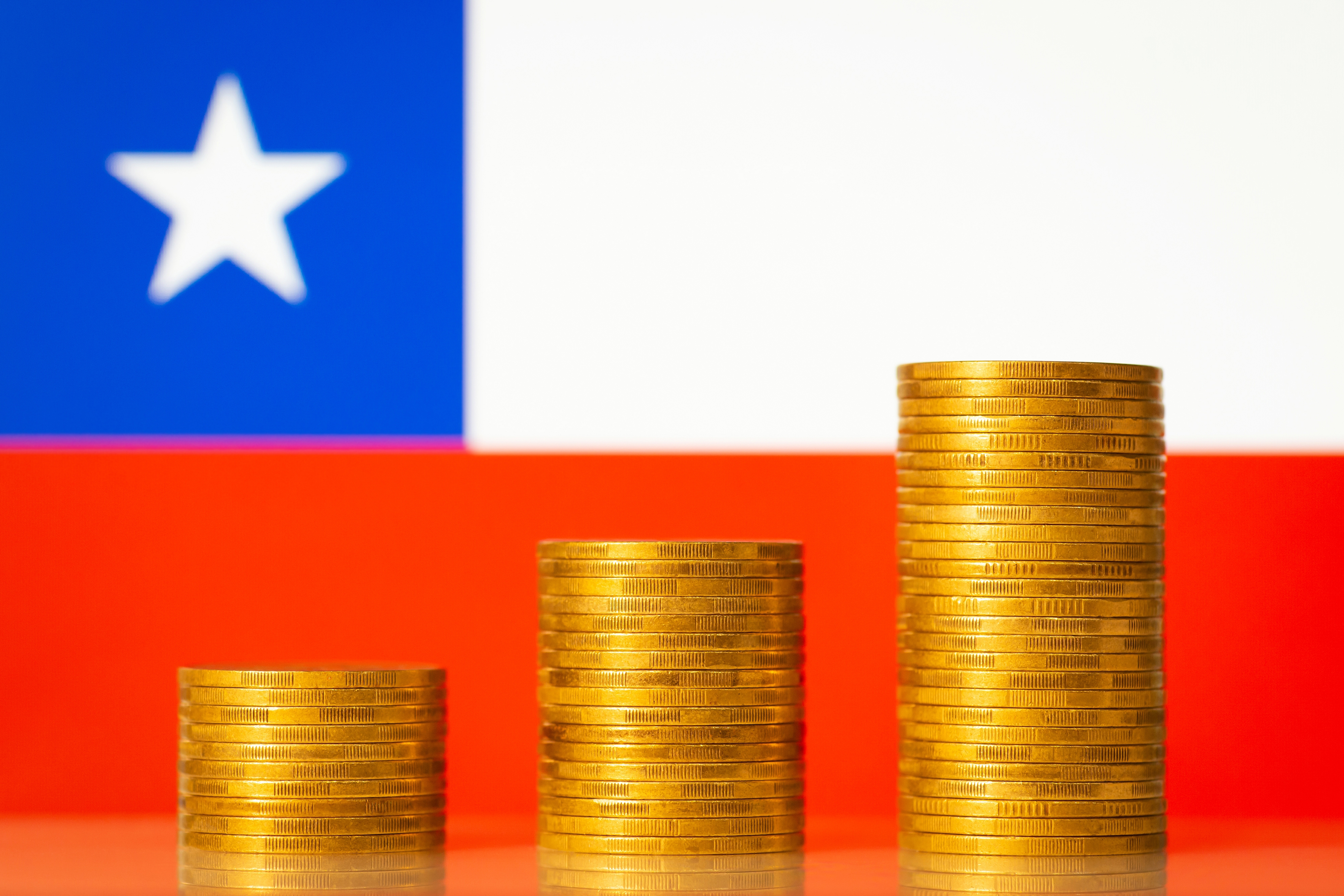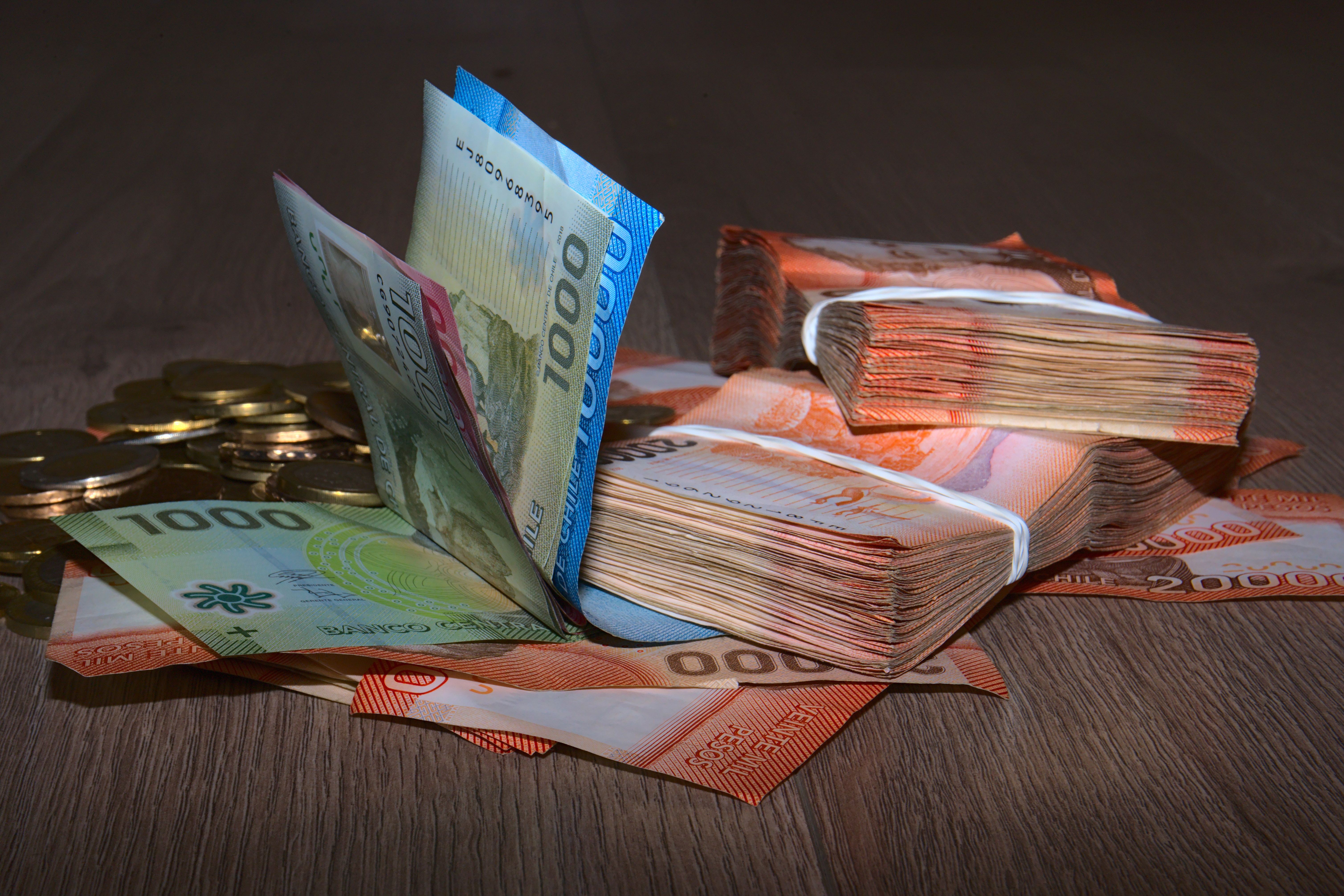

Chilean Peso: A Detailed Look at the Currency in Chile
What is the currency in Chile? Learn all about the Chilean Peso, including its history and current status. Discover how domestic and foreign economic factors affect the Peso’s exchange rate, its role in international trade, and the outlook for the future.
Chile is a country with one of the most stable and developed economies in South America. Its currency, the Chilean Peso (CLP), plays an essential role in the nation’s economy, which is based on mining, agriculture, manufacturing, and services. Copper mining is particularly significant, as Chile is the world’s largest producer and exporter. Additionally, Chile is developing information technology, wine production, tourism, and many other industries. Therefore, the Chilean currency’s role in economic transactions and trade is significant, affecting the standard of living, inflation, and international investment.
Studying the Chilean Peso is useful not only for economists and investors but also for those planning to travel to Chile for business or tourism. This information is especially relevant for those planning to give birth in Chile, as understanding the country’s monetary system and economic climate can greatly facilitate financial planning and expense management.
History of the Chilean Peso
The Chilean Peso (CLP) was first used in 1817, shortly after Chile gained independence from the Spanish Empire. In its early years, it was pegged to the Spanish real, but over time the country began issuing its own coins and notes.
Initially, silver and gold coins were issued in 1817 that met international standards of the time. Throughout the 19th century, Chile’s monetary system underwent changes depending on world prices for precious metals. One significant change was the transition to paper money in the mid-19th century. In 1851, Chile introduced its first banknotes to facilitate trade and payments, reflecting economic growth.
During the Great Depression in the early 20th century, the Chilean economy faced severe difficulties. In response, the government took measures to stabilize the currency, including devaluing the peso and introducing new monetary reforms. In 1960, the peso was replaced by the escudo, but by 1975, the peso was reintroduced.
In 1984, the currency was redenominated to simplify payments and increase confidence in Chilean money. In the 1990s, the government introduced a floating exchange rate, which helped adapt to global economic changes.
Current Value of the Chilean Peso
The Chilean Peso (CLP) is issued in various notes and coins. As of 2025, the following denominations are in circulation:
Banknotes:
- 1000;
- 2000;
- 5000;
- 10 000;
- 20 000 pesos
Each note has a unique design, featuring portraits of important historical figures such as Manuel Rodriguez on the 1,000 peso note and Gabriela Mistral on the 5,000 peso note, along with symbols of the country’s natural and architectural riches.
Coins:
- 1;
- 5;
- 10;
- 50;
- 100;
- 500 pesos
Chilean peso coins also feature a variety of designs representing national symbols and historical events. For example, the 500 peso coin features a condor, a symbol of strength and freedom in the Andean region.
Monetary Policy Practices of the Central Bank of Chile
The Central Bank of Chile is responsible for managing the country’s monetary policy, with main objectives including maintaining price stability, controlling inflation, and ensuring sustainable economic growth. To achieve these objectives, the bank uses several tools:
- Regulation of interest rates: Changes in interest rates affect borrowing and saving costs, stimulating or inhibiting economic activity.
- Open market operations: The buying and selling of government securities regulate the money supply in the economy.
- Foreign exchange interventions: The central bank conducts operations in the foreign exchange market to stabilize the exchange rate.
These measures help effectively manage the country’s financial stability.
Peso Exchange Rates for 2025
Understanding current exchange rates is crucial for financial planning and international transfers. The exchange rate of the Chilean Peso to the Ruble (CLP/RUB) is approximately 0.0976 Rubles to 1 Chilean Peso. Conversely, one Russian Ruble is equivalent to approximately 10.242 Chilean Pesos. The dollar to Chilean Peso exchange rate (CLP/USD) is approximately 0.00126, meaning one dollar buys about 796 Chilean Pesos. The Chilean Peso to Euro exchange rate (CLP/EUR) is approximately 0.00115, with one Euro equivalent to 870 Chilean Pesos.
The current exchange rate against major world currencies can be summarized in the following table:
| Currency | Currency exchange rate (CLP) |
|---|---|
| US dollar (USD) | 796 CLP |
| Euro (EUR) | 870 CLP |
| Japanese Yen (JPY) | 7,5 CLP |
| British Pound (GBP) | 1050 CLP |
| Chinese Yuan (CNY) | 120 CLP |
Economic Factors Affecting the Peso Exchange Rate
The Central Bank of Chile controls inflation to maintain the currency’s stability. High inflation reduces purchasing power and depreciates the Chilean Peso. Interest rates set by the bank influence foreign investment attraction, potentially strengthening the currency. GDP growth, especially from copper exports, supports economic stability and the peso’s strength, while high government debt could undermine confidence in the currency.
External Economic Factors
Chile is active in international trade, exporting significant quantities of copper, fruit, wine, and fish. The state of trade relations with main partners like the US, China, and the EU affects Chile’s exchange rate. Trade barriers or agreements can significantly alter the demand for Chilean exports and, consequently, the peso.
The influx of foreign investment into the Chilean economy strengthens the national currency. Investors seek stable and growing markets, and Chile, with its relatively stable economy and developed financial market, attracts significant foreign direct investment. The global economic situation, including recessions, economic growth, or financial crises, significantly impacts the peso. Global crises can cause capital flight from emerging markets, weakening the national currency.
The Central Bank of Chile may intervene in the foreign exchange market to stabilize the situation. These interventions may be in response to sudden and significant fluctuations in the exchange rate caused by internal and external factors.
Using the Chilean Peso in International Transactions
Chile’s main exports are copper, lithium, and agricultural products. In 2023, exports reached approximately $94 billion, a significant figure for a country with a population of about 19 million people.
Chile’s Main Trading Partners:
- China: The largest trading partner, accounting for more than 30% of total exports, mainly copper and lithium.
- USA: The second-largest partner, buying wine, fish, and agricultural products.
- European Union: An important market for Chilean food and beverages.
- Japan and South Korea: Significant Asian partners for copper and other metals.
The Chilean Peso plays an important role in the Latin American economy due to the country’s stable and growing economy. While not the main reserve currency in the region, it is actively used in some international transactions and investments.
Trade Blocs and Agreements:
- Pacific Rim Alliance: Includes Mexico, Colombia, and Peru, promoting free trade and investment among members, increasing the use of the peso in regional transactions.
- MERCOSUR (associate membership): Creates additional opportunities for trade and economic cooperation.
Santiago, the capital of Chile, is a major financial center in Latin America. International banks and financial institutions actively work with the Chilean Peso in regional and global markets. Recently, foreign investors have shown growing interest in the Chilean financial market, contributing to an increase in peso transactions.
Chile is a popular tourist destination in Latin America. Tourists from neighboring Argentina, Brazil, and Peru often use the peso for payments, increasing its circulation in the region.

The Future of the Chilean Peso
The Central Bank of Chile regularly reviews and adjusts its monetary policy in response to domestic and global economic conditions. In the coming years, we can expect the following areas of focus:
- Inflation control: The Bank of Chile will continue to prioritize low inflation.
- Strengthening reserves: Increasing foreign exchange reserves to stabilize the peso in the event of external economic shocks.
- Foreign exchange interventions: Measures to smooth out sharp exchange rate fluctuations and maintain confidence in the national currency.
Given the importance of exports to the Chilean economy, the Central Bank may continue to take measures to ensure the competitiveness of Chilean goods in international markets.
Experts’ Predictions Regarding Currency Stability and Fluctuations
Experts predict that the Chilean peso will experience some fluctuations in the coming years. However, expectations regarding currency stability remain moderately optimistic.
Internal Factors:
- Economic growth: Chile’s economy is expected to grow moderately, supported by stable demand for export goods.
- Inflation: The Central Bank aims to maintain inflation at 3-4% per year.
- Political stability: This fosters confidence in the economy and the currency.
External Factors:
- Commodity prices: World prices for copper and other Chilean exports will remain important.
- Global economic conditions: Potential recessions or economic expansions will affect the peso exchange rate. Global economic conditions are expected to remain unstable, resulting in some currency fluctuations.
- Trade relations: Changes in the trade policies of major economies may affect the demand for Chilean goods, impacting the peso’s exchange rate.
Peso Exchange Rate Forecasts
According to various financial analysts, the Chilean peso exchange rate will fluctuate between CLP 900-950 per US dollar in 2025, suggesting a relatively stable exchange rate with moderate fluctuations. These forecasts indicate an expectation of moderate stability with the possibility of short-term fluctuations.
The future of the Chilean currency depends on the country’s ability to adapt to internal and external challenges. The evolution of the Chilean peso demonstrates the country’s significant efforts to stabilize and strengthen its currency. The current state of the Chilean peso is supported by the stable policy of the Central Bank, which aims to maintain economic stability. Banknotes and coins reflect the country’s cultural and historical richness, while monetary policy adapts to changing conditions.
